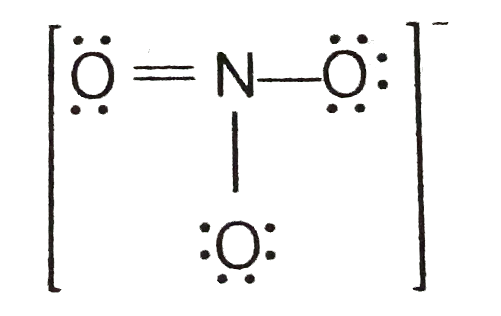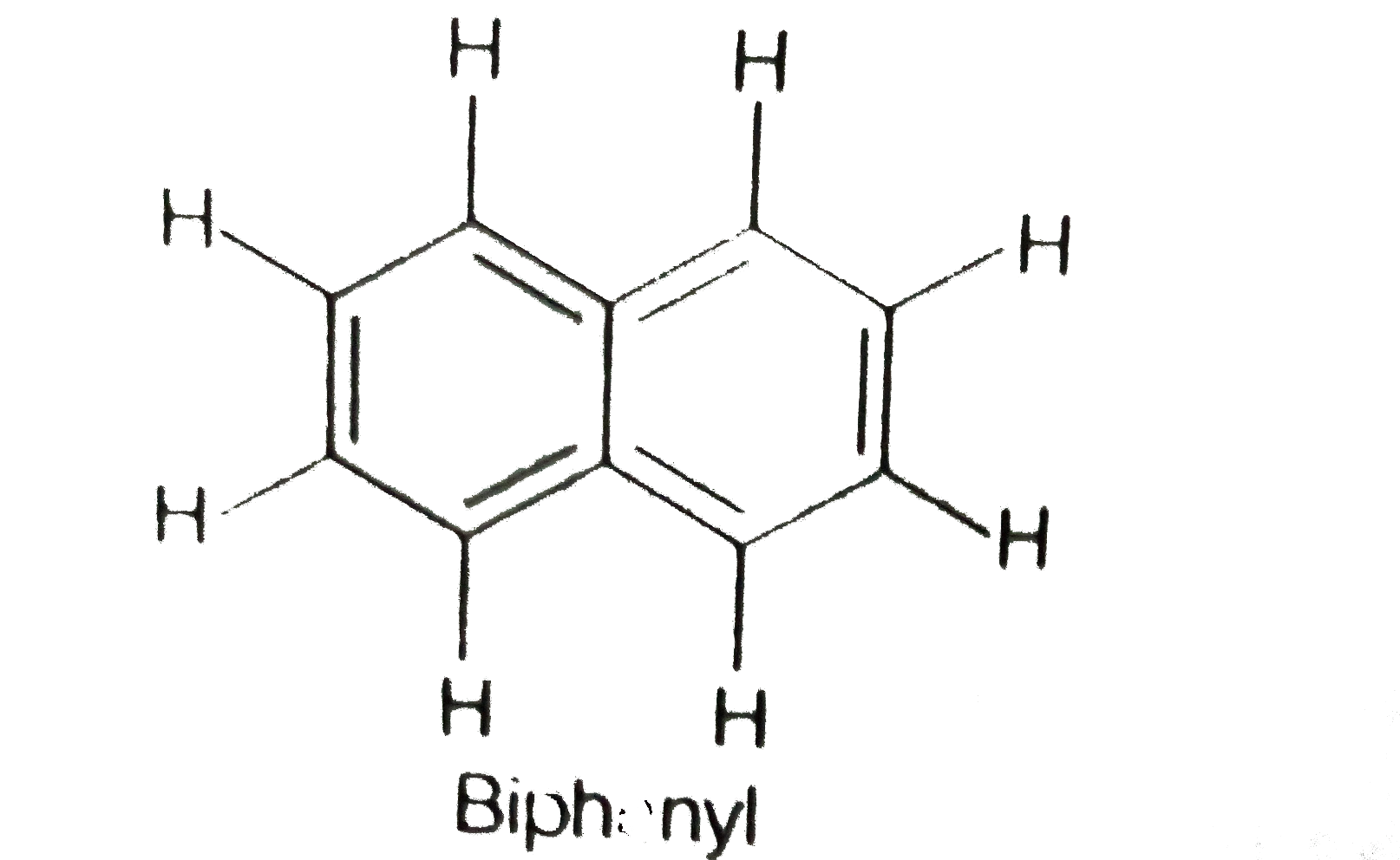Complete Solutions to NCERT Exemplar of chapter CHEMICAL BONDING & MOLECULAR STRUCTURE of Class 11 book with complete answers and questions
| Class 11 | CHEMISTRY |
| Chapter | CHEMICAL BONDING & MOLECULAR STRUCTURE |
| NCERT FINGERTIPS | NCERT Exemplar |
| Number Of Questions | 15 |
| Academic Year | 2023-24 |
Isostructrual species are those which have the same shape and hybridisation. Among the given identify the isostructural pairs.
View SolutionPolarity in a molecule and hence the dipole moment depends primarily on electronegativity of the constituent atoms and shape of a molecule. Which of the following has the highest dipole moment?
View SolutionThe hybridisatipon of atomic orbitals of nitrogen in `NO_(2)^(+),NO_(3)^(-)"and"NH_(4)^(+)` respectively are
View SolutionHydrogen bonds are formed in many compounds e.g. `H_(2)O`, HF, `NH_(3)`. The boiling point of such compounds depends to a extent on the strength of hydrogen bond and the number of hydrogen bonds. The correct decreasing order of the boiling points above compounds is
View SolutionIn `PO_(4)^(3-)` ion the formal charge on the oxygen atom of P-O bond is
View SolutionIn `NO_(3)^(-)` ion, the number of bond pairs and lone pairs of electrons on nitrogen atom are
Thinking process
To solve this sequence we must know the structure of `NO_(3)^(-)` ion i.e,

Then, cound the bond pairs and lone pairs of electron on nitrogen.
View SolutionWhich of the following species has tetrahedral geometry?
View SolutionNumber of `pi` bonds and `sigma` bonds in the following structure is

View SolutionWhich molecule/ion out of the following does not contain unpaired electrons?
View SolutionIn which of the following molecule/ion all the bonds are not equal?
View SolutionIn which of the following substances will hydrogen bond be strongest?
View SolutionIf the electron configuration of an element is `1s^(2), 2s^(2), 2p^(6), 3s^(2), 3p^(2), 3d^(2), 4s^(2)`, the four electrons involved in chemical bond formation will be
View SolutionWhich of the following angle corresponds to `sp^(2) ` hydridisation ?
View SolutionWhich of the following orderof energies of molecular orbitals of `N_(2)` is correct?
View SolutionWhich of the following statement is not correct from the view point of molecular orbital theory?
View Solution
NCERT Exemplar questions and complete solutions for chapter CHEMICAL BONDING & MOLECULAR STRUCTURE of MTG CHEMISTRY (HINGLISH) of Class 11